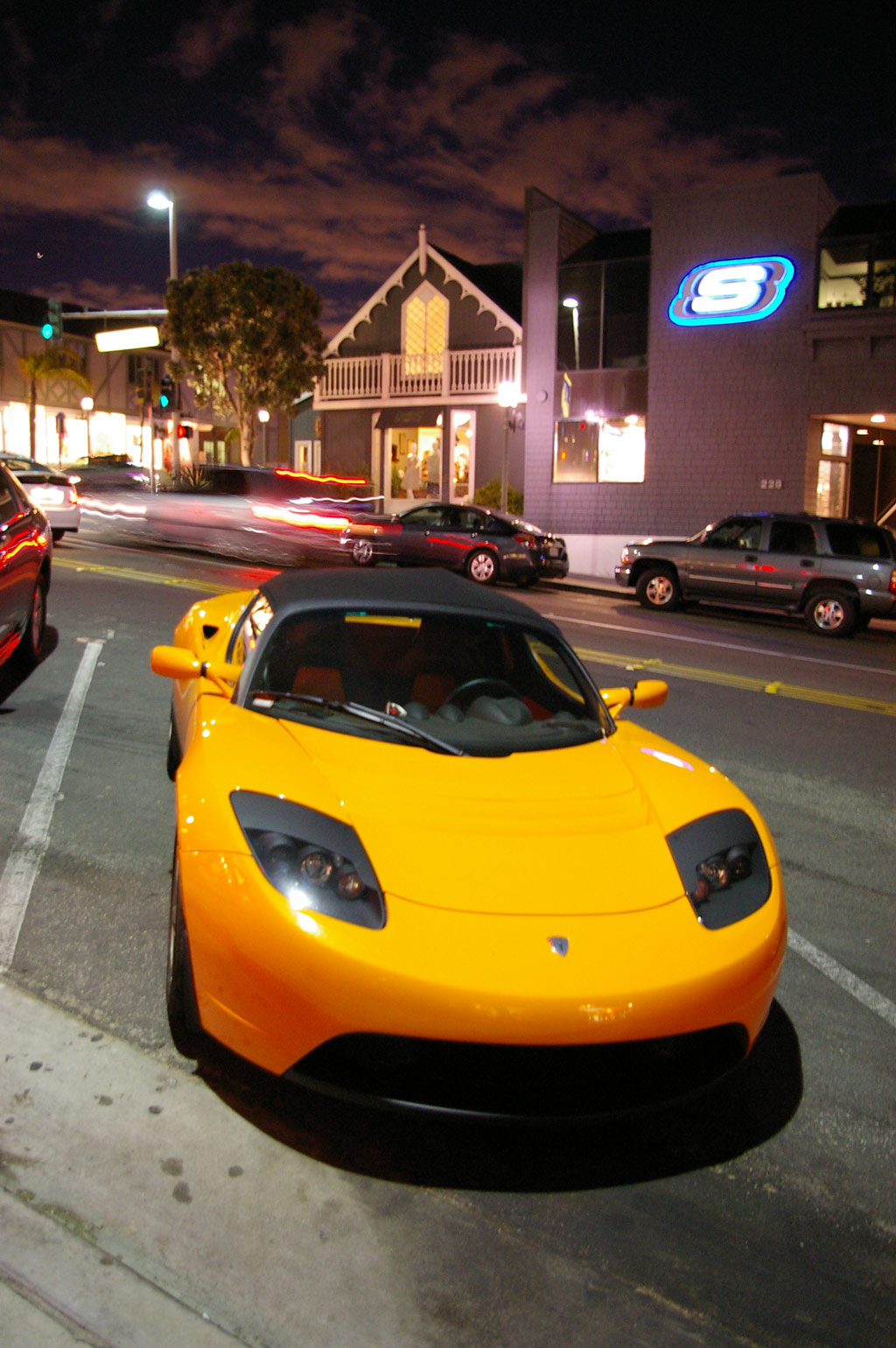

possessed significantly greater industrial power than Japan, with 32.2% of worldwide industrial production compared to Japan's 3.5%. Japan's intention to acquire resource-producing colonies in the Pacific and Southeast Asia would likely lead to confrontation with the United States, thus the U.S.
#YAMATO BATTLE GROUP FREE#
Japan would no longer design battleships within the treaty limitations and was free to build warships larger than those of the other major maritime powers. When Japan withdrew from the League of Nations in 1934 over the Mukden Incident, it also renounced all treaty obligations. This modernization included, among other things, additional speed and firepower, which the Japanese intended to use to conquer and defend their aspired-to empire. Although all of Japan's battleships built prior to the Yamato class had been completed before 1921-as the Washington Treaty had prevented any more from being completed-all had been either reconstructed or significantly modernized, or both, in the 1930s. The maintenance of such an empire-spanning 3,000 miles (4,800 km) from China to Midway Island-required a sizable fleet capable of sustained control of territory. This movement called for the expansion of the Japanese Empire to include much of the Pacific Ocean and Southeast Asia. In the 1930s, the Japanese government began a shift towards ultranationalist militancy. It also agreed that the five countries would not construct more capital ships for ten years and would not replace any ship that survived the treaty until it was at least twenty years old. Along with many other provisions, it limited all future battleships to a standard displacement of 35,000 long tons (36,000 t 39,000 short tons) and a maximum gun caliber of 16 inches (406 mm). The subsequent Washington Naval Conference resulted in the Washington Naval Treaty. and discuss a possible end to the naval arms race. On 8 July 1921, the United States' Secretary of State Charles Evans Hughes invited delegations from the other major maritime powers-France, Italy, Japan, and the United Kingdom-to come to Washington, D.C. The enormous costs associated with these programs pressured their government leaders to begin a disarmament conference. Īfter the end of the First World War, many navies-including those of the United States, the United Kingdom, and Imperial Japan-continued and expanded construction programs that had begun during the conflict. The design of the Yamato-class battleships was shaped by expansionist movements within the Japanese government, Japanese industrial power, and the need for a fleet powerful enough to intimidate likely adversaries. Shinano was sunk ten days after her commissioning in November 1944 by the submarine USS Archer-Fish, while Yamato was sunk in April 1945 during Operation Ten-Go. Musashi was sunk during the course of the battle by American carrier airplanes. Two battleships of the class ( Yamato and Musashi) were completed, while a third ( Shinano) was converted to an aircraft carrier during construction.ĭue to the threat of American submarines and aircraft carriers, both Yamato and Musashi spent the majority of their careers in naval bases at Brunei, Truk, and Kure-deploying on several occasions in response to American raids on Japanese bases-before participating in the Battle of Leyte Gulf in October 1944, as part of Admiral Kurita's Centre Force.

The class carried the largest naval artillery ever fitted to a warship, nine 460-millimetre (18.1 in) naval guns, each capable of firing 2,998-pound (1,360 kg) shells over 26 miles (42 km).
#YAMATO BATTLE GROUP FULL#
Displacing 72,000 long tons (73,000 t) at full load, the vessels were the heaviest and most powerfully armed battleships ever constructed. The Yamato-class battleships ( 大和型戦艦, Yamato-gata senkan ?) were battleships of the Imperial Japanese Navy (IJN) constructed and operated during World War II.

ġ2 Kanpon boilers, driving 4 steam turbinesįour 3-bladed propellers, 6 m (19 ft 8 in) diameterħ,200 nautical miles 16 knots (13,300 km 30 km/h) Ħ50 mm (26 in) on face of main turrets Ĥ10 mm (16 in) side armor (400 mm (16 in) on Musashi), inclined 20 degrees General characteristics as per final plan (A-140F 6)ħ2,000 long tons (73,000 t) full load. 3 (2 battleships, 1 converted to aircraft carrier)


 0 kommentar(er)
0 kommentar(er)
